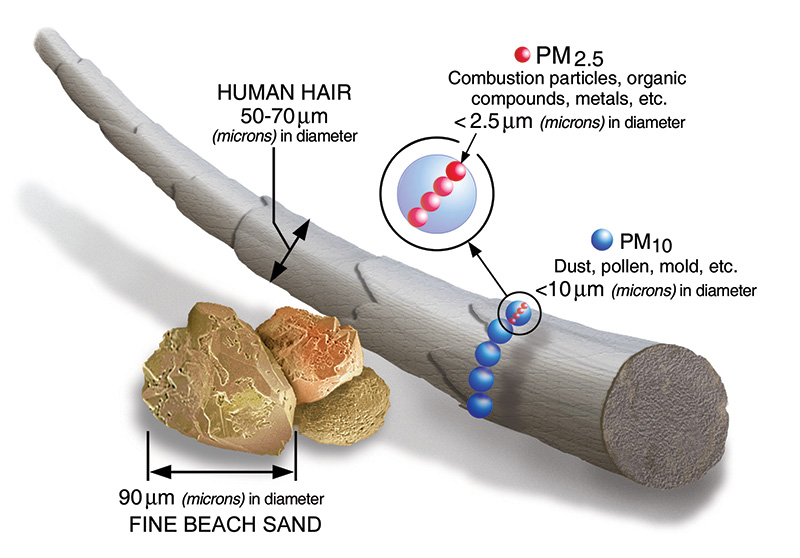Indoor Dust Testing Sydney, NSW
Are you looking for dust testing services? Enviro Corp provides indoor dust testing and expert reports.
Indoor Dust Monitoring Services
We provide dust or particulate monitoring for offices, hospitals, schools, commercial buildings, and all other indoor environments. Our air quality consultants have over 15 years’ experience in the industry. Get in touch with an air quality consultant now by filling in our contact form or by calling.
We provide dust testing using the following methods:
- Direct reading instrument and continuous monitoring
- Personal exposure sampling using Australian Standards, active sampling methods below:
- Australian Standard (AS 2985) Workplace atmospheres – Method for sampling and gravimetric determination of respirable dust
- Australian Standard (AS 3640) Workplace atmospheres – Method for sampling and gravimetric determination of inhalable dust
Particulate Matter (PM) is a key indicator of air pollution

Dust Testing Services
Dust Monitoring Size Fractions
There are different sizes of particles:
- PM10 (particles with a diameter of 10 micrometres or less): these particles are small enough to pass through the throat and nose and enter the lungs. Once inhaled, these particles can affect the heart and lungs and cause serious health effects.
- PM2.5 (particles with a diameter of 2.5 micrometres or less): these particles are so small they can get deep into the lungs and into the bloodstream. Exposure to PM2.5 can cause adverse health effects.
Call us now on 1300 980 612 or complete the form below
Drop us a few lines with your query and one of our specialists will get in touch with you.
Health Effects of Dust or Particulate Matter
The size of particles is directly linked to their potential for causing health problems. Small particles less than 10 micrometers in diameter pose the greatest problems, because they can get deep into your lungs, and some may even get into your bloodstream. Exposure to such particles can affect both your lungs and your heart. Numerous scientific studies have linked particle pollution exposure to a variety of problems, including:
- premature death in people with heart or lung disease
- heart attacks
- irregular heartbeat
- aggravated asthma
- decreased lung function
- increased respiratory symptoms, such as irritation of the airways, coughing or difficulty breathing
Go back to all Enviro Corp Health and Safety Services.

